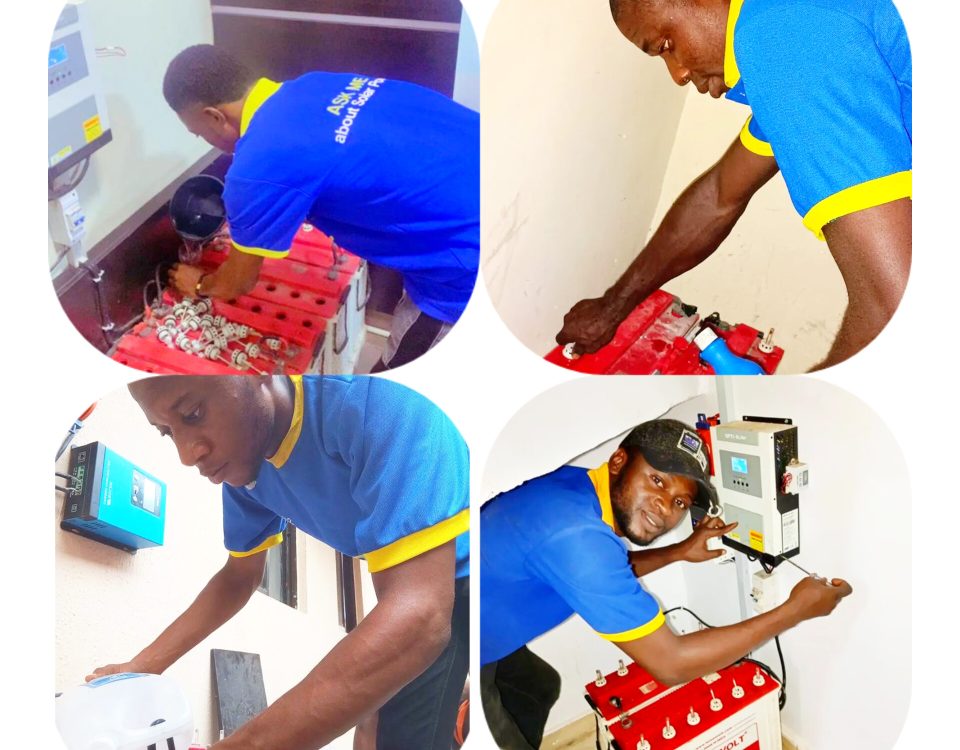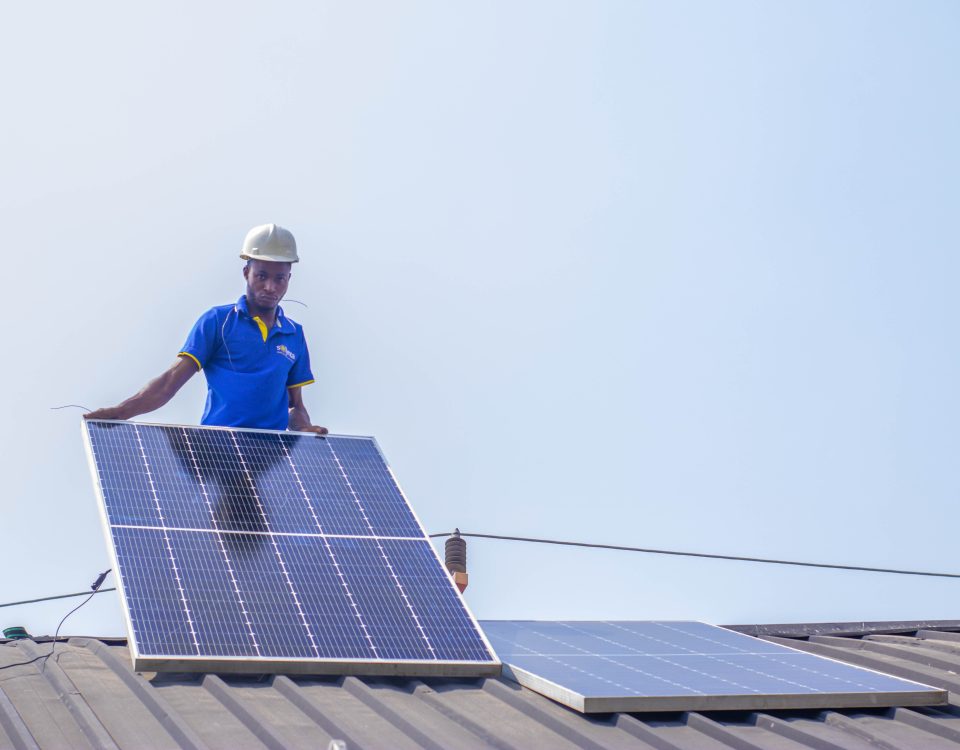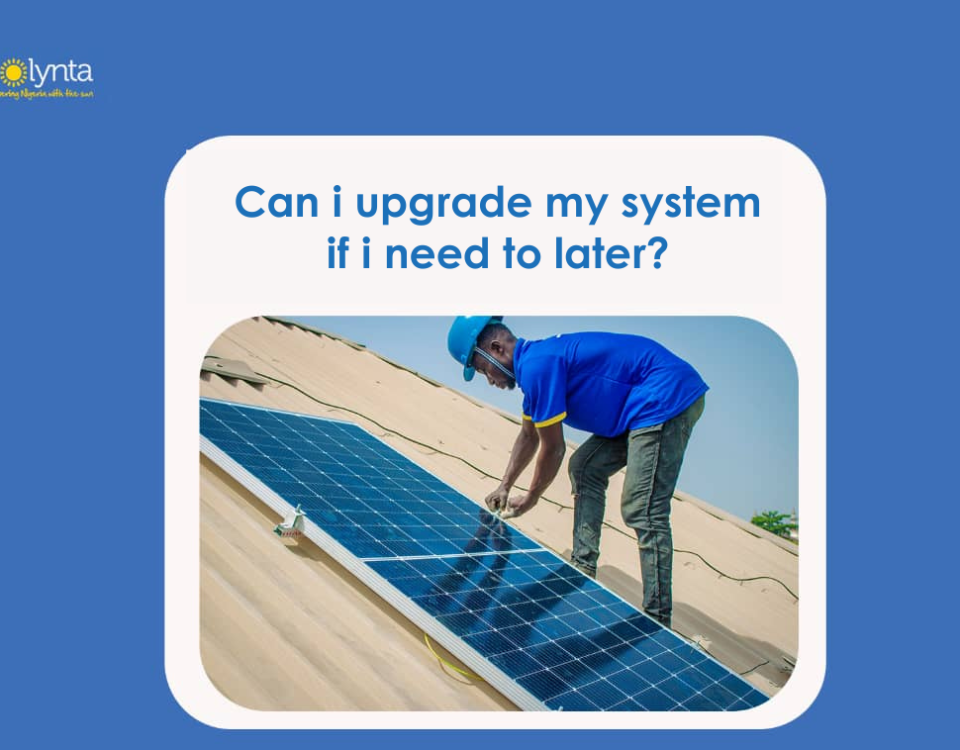How Do Mini Grids Work
Notable Solar Projects in Nigeria
2021-06-06
5 Common Questions from Potential Solar Power Users
2021-06-25How Do Mini Grids Work
A mini grid, is often times called a “micro grid or isolated grid”. It is defined as a set of electricity generators and or energy storage systems connected to a distribution network that supplies electricity to a localized group of consumers.
Thank you for reading this post, don't forget to subscribe!As opposed to a single consumer system such as a residential solar system which has no distribution network, a mini grid can be connected to a centralized grid system, where electrical energy is transmitted over large distances from large central generators where local generators are generally not capable of meeting local demand.
Mini-grids can operate autonomously without being connected to a bigger or centralized grid. However, the mini-grid may be designed to interconnect with the central grid which means it operates under normal conditions as part of the central grid with disconnection occurring only if power quality needs to be maintained. This can be in the case of a central grid failure. In another case, a mini-grid may be designed to operate autonomously in a remote location with the option to connect to a central grid when grid extension occurs.
How Does A Mini Grid Work?
A mini-grid distribution system carries the energy produced by the generation source to the end users. It consists of transmission lines, transformers, and the infrastructure necessary to enable safe and effective energy distribution. Depending on the load requirements, a distribution system can be in alternate current or direct current, single phase or three phase power. AC has many benefits, as it allows for effective electricity transmission over distances, meets the requirements for consumer appliances, and is more widely used. However, AC also requires transformers to decrease high voltage distribution network costs and decrease system loss, but is also generally more expensive than DC because of the enhanced power electronics.
Below are the types of mini grid
• Solar mini-grids: As their name imply, these types of mini grids rely majorly on solar power for energy generation. They are gaining popularity due to the falling cost of PV modules worldwide. Since they can generate electricity only in the day time, battery storage is required to meet the peak demand at night.
• Wind mini-grids: When the wind blows through the turbine, the wind’s kinetic energy is converted into electrical energy. These mini-grids are site specific and depend on the wind speed. Unlike large hydropower, they do not require a dam/reservoir for water storage. They are mostly run-of-river and therefore have very little environmental impacts.
• Hybrid mini-grids: These are mini grids which comprise a combination of renewables sources and non-renewable sources such as diesel systems. These mini-grids are flexible as they can generate power on demand. Examples of hybrid systems are solar-diesel mini-grids and solar biomass mini-grids.
A mini grid offers a wide range of benefits. Some of these include;
• Technical Benefits
The technology used in mini-grids provides various benefits. They can also be used to improve existing electrical grids that are ineffective or unreliable by providing additional power or by replacing them completely.
• Financial Benefits
Mini-grids can be used in rural areas and are often more efficient and cost-effective than other types of power systems. They can also strengthen the community while having less impact on the environment.
• Environmental Benefits
Mini-grids are much more environmentally friendly than other types of grids. Since they reduce the need for diesel generators, hazardous emissions are greatly reduced. This also improves air and noise pollution in the areas mini-grids are used
If you will like to learn more about energy and solar visit our blog or call us on 0809982053



